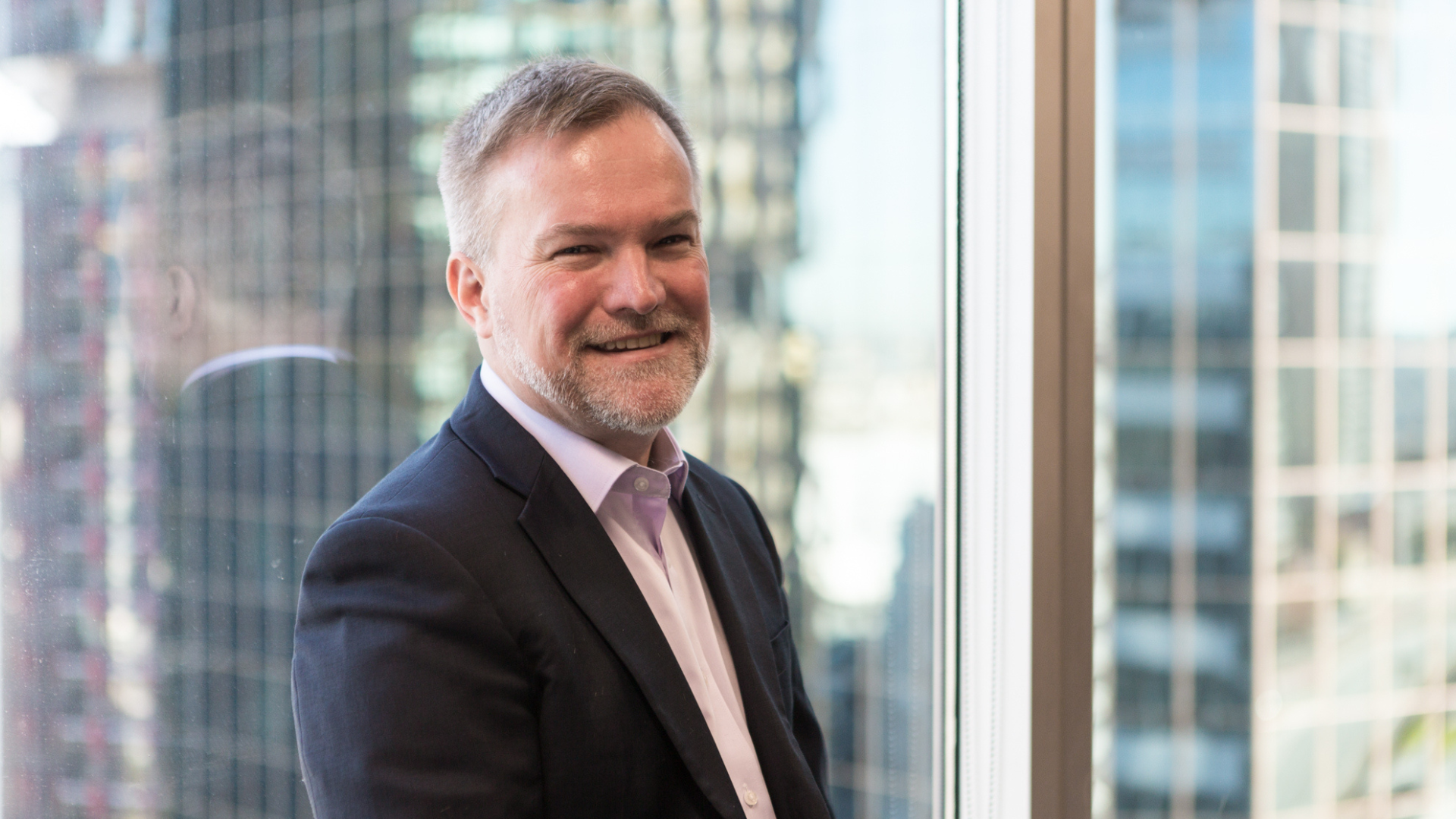‘Harm is part of investing’: Portfolios are robust, not resilient
Resilience – the capacity of a system to recover after a crisis or a shock, and to potentially become better – is something of a buzzword in the financial services industry, one that has become inescapable following the public market falls of 2022. But it’s not something that investors have actually been building into their portfolios, Ashby Monk (pictured), executive and research director at the Stanford Research Initiative on Long-Term Investing, told ASFA’s annual conference last Wednesday (February 22).
“We’ve seen a lot of products in the financial services and investment industry that say they’re resilient,” Monk said. “But if you look beyond the advertising or the marketing or the positioning, what you see is that they don’t really mean resilience. They aren’t focused on the recovery profile of assets after a crisis. They’re focused on avoiding the crisis – of being sturdy against the crisis.”
That’s robustness, Monk says, not resilience. And the consequences of being robust prevent you from being resilient. Stopping “every little forest fire” makes you more vulnerable to the big one, when it comes.
“Resilience is more about accepting that harm is a part of investing… and building capacity to absorb it, and more importantly to recover from it and improve from it,” Monk said. “In my mind, a long-term investor – an investor managing money over an intergenerational horizon of with liabilities or goals that extend beyond a decade should really be favouring resilience over robustness.”
Managing portfolios for robustness is also getting harder, Monk says (link to Shvets); wars, pandemics and climate disasters – once in a century ‘abnormalities’ – are becoming commonplace. Building portfolios for true robustness in that environment is almost impossible given the sheer amount of data required.
“And yet the standard views of risk – the modern portfolio theories which still permeate the organisations (at the ASFA conference) I’m convinced of it – Sharpe ratios, mean-variance optimization, seem to ignore recoveries and prioritise robustness.”
Modern portfolio theory assumes that investors “almost exclusively” care about expected return and the volatility involved in achieving it. It doesn’t address the shape and duration of recoveries. In order to “augment the industry toolkit”, Monk and colleague Dane Rook came up with a new term: “submergence”, or the drawdown after a crisis and the recovery back to the high water mark.
“It becomes all the more interesting when you overlay ESG on top of submergence,” Monk said. “ESG, it turns out, helps you absorb those shocks and recover from those shocks. It shines when it comes to recoveries; it doesn’t shine when it comes to robustness, or when we’re talking about Sharpe ratios or Modern Portfolio Theory.”
Monk holds that high ESG performers recover faster than those that are low performers (though he declined to do the “complex maths and econometrics” at ASFA, saving them for a book on the topic). Diversity, equity and inclusion broadens perspectives for companies dealing with a crisis; ethical sourcing builds “deeper and better connections with communities” to stabilise supply chains; and smaller environmental footprints protect against regulatory and political shifts after a climate crisis.
“These are just little anecdotes, but hopefully they give you a feeling for how ESG is a driver of faster recoveries,” Monk said. “… (ESG factors) are valuable if you’re seeking to manage submergence risk. Because if you are, you care about absorbing the shock on the downside and being ready to recover from it.”
“You’re not trying to protect your portfolio against all harm through the process of expensive derivative overlays and hedging; all the different difficulties of building uncorrelated portfolios. You’re instead making your portfolio and your organisation better and dealing with harm that seems increasingly inevitable.”











